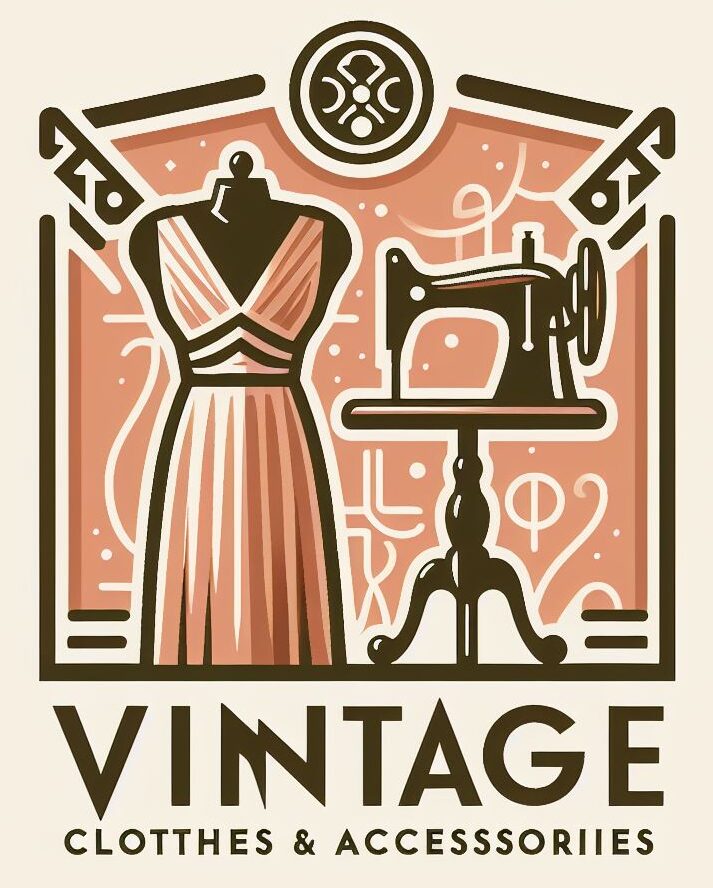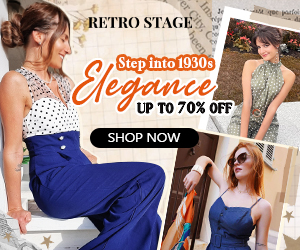The Enduring Allure of Flapper Fashion
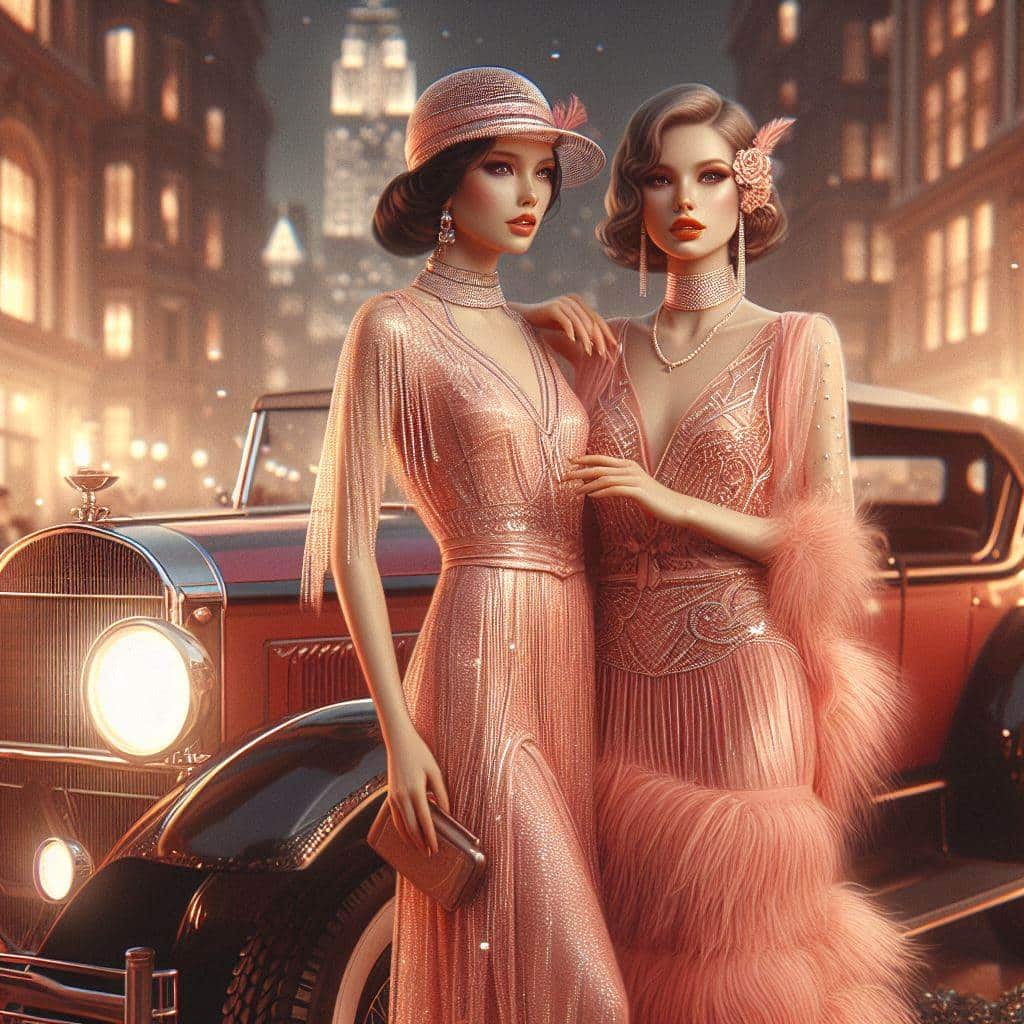
Historical context and definition of flapper fashion
When men returned from the Great War, the women didn’t want to give up their new found jobs, and their independence, so instead of reverting to the modest Victorian era – which was still prevalent, they ditched their corsets in favor of bras and lingerie – cut their hair short and the flapper was born. European designers like Coco Chanel, Elsa Schiaparelli and Jean Patou ruled flapper fashion. Jean Patou’s invention of knitted swimwear, and women’s sportswear – inspired a freer, more relaxed silhouette, while the knitwear of Chanel / Schiaparelli brought about no-nonsense lines to women’s clothing, defining flapper fashion of the 1920’s.
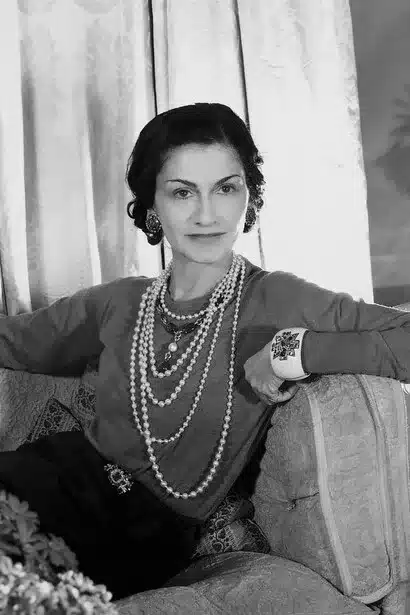
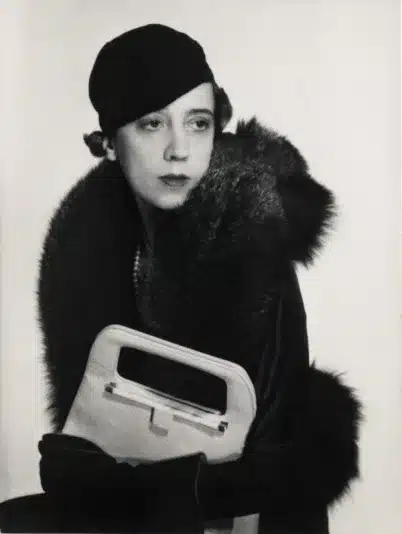
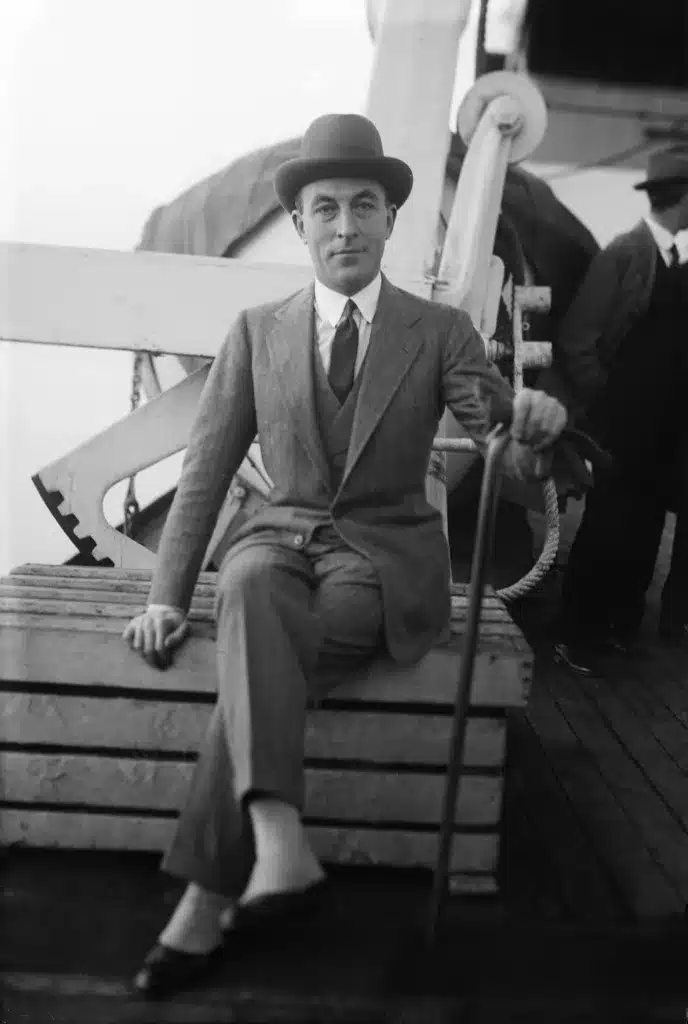
A flapper refers to the style of dress and overall aesthetic associated with young women – better known as “flappers,” in the 1920’s. It was a significant departure from the more conservative clothing styles of previous decades – representing a greater shift towards freedom, independence, and modernity for women.
Some key elements of 1920’s flapper girl fashion – included:
Shorter Dresses: Flappers wore dresses with hemlines that lifted to just below the knee, which was considered scandalously short at the time. These dresses allowed for greater freedom of movement and symbolized the liberation of women from restrictive Victorian-era clothing.
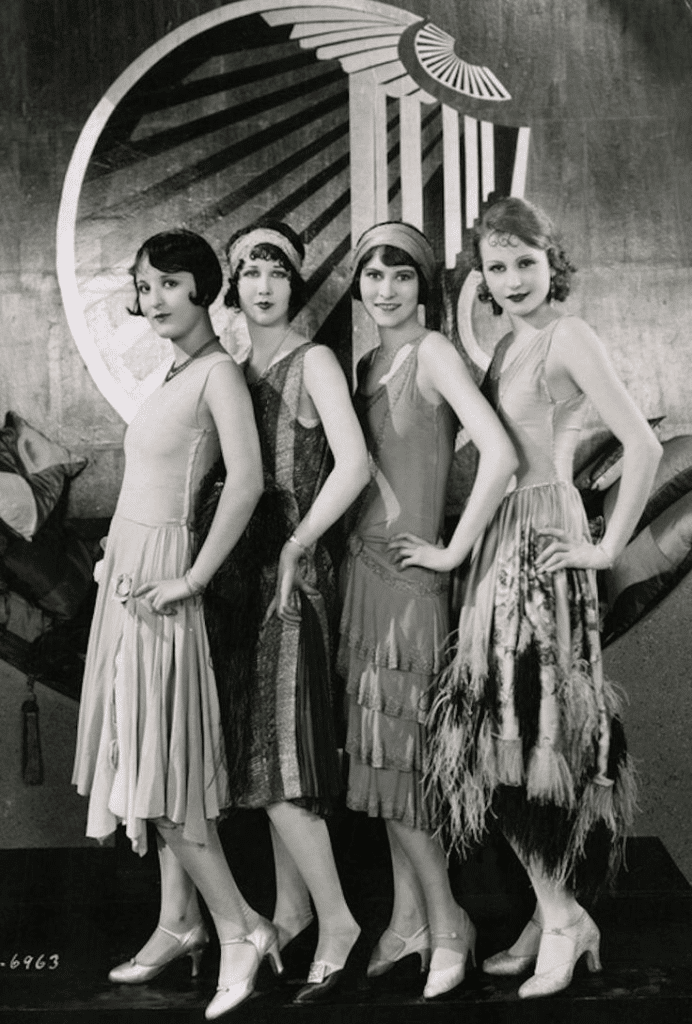
Drop Waist Silhouettes: Flapper dresses featured a straight, boyish silhouette with a dropped waistline, often achieved with the help of a belt or sash. This style was a sharp contrast to the fitted and corseted shapes of earlier fashion trends, and in essence this was the Flapper Fashion style of the 1920’s.
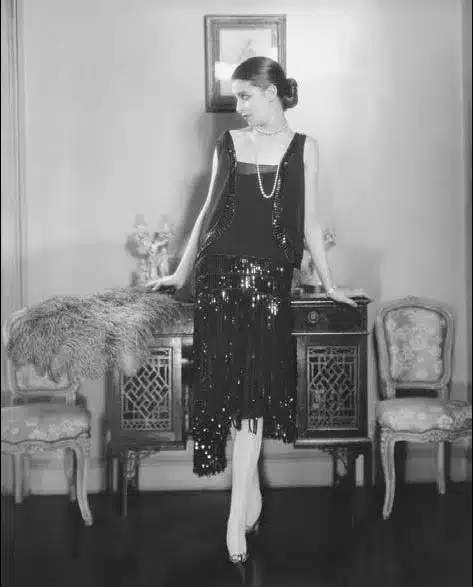
Loose and Fringed Fabrics: Flapper era fashion dresses were typically made from lightweight fabrics such as chiffon, silk, and satin, which draped loosely over the body. Fringes, beads, and sequins were common embellishments, adding movement and shimmer to the garments
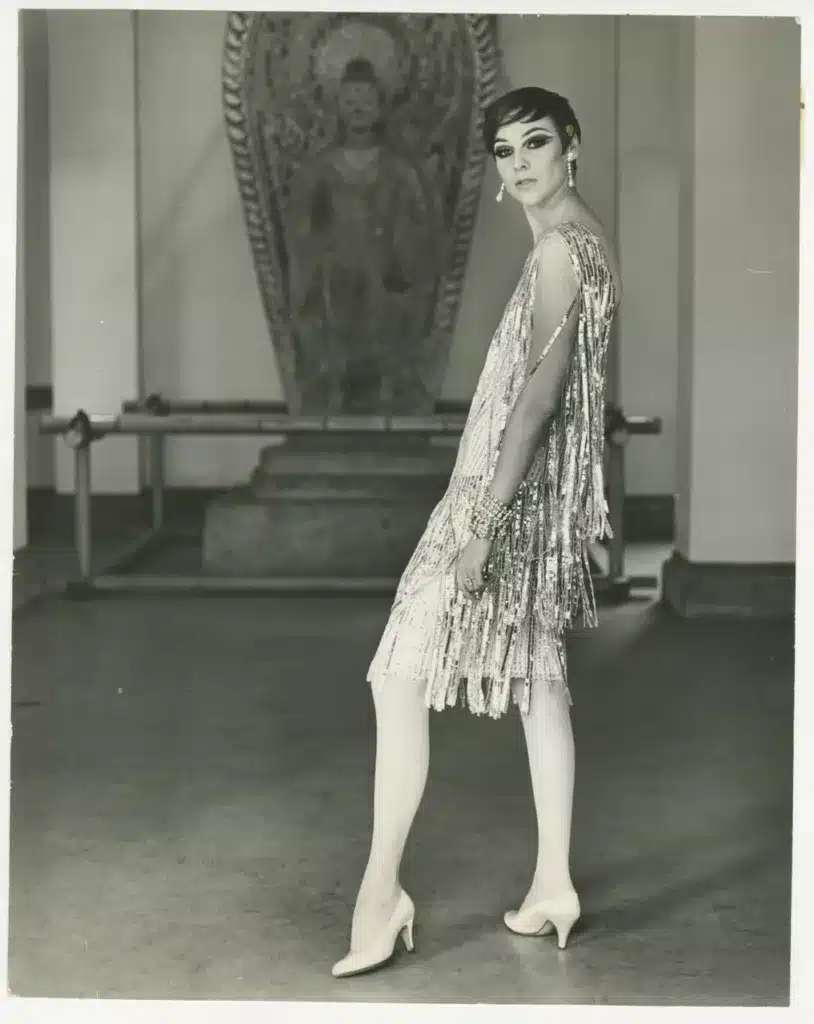
Cloche Hats: Flappers often wore close-fitting hats known as cloches, which complemented the short hairstyles that were popular during the period. These hats featured a bell shape that hugged the head and often had decorative accents like roses, bows or feathers.
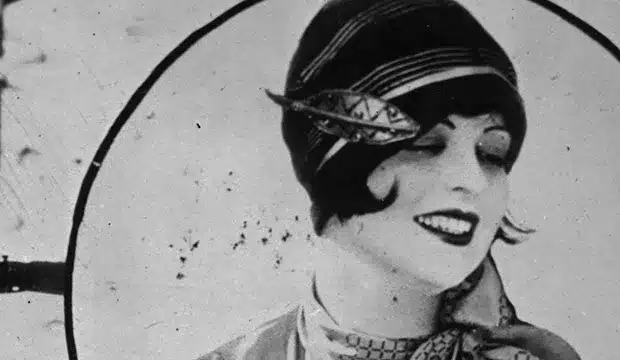
Bobbed Hairstyles: Flappers popularized short hairstyles, particularly the bob haircut, which was a radical departure from the long, elaborately styled hair that had been fashionable in earlier decades. The bob was often worn with bangs (fringes) and styled in a sleek, straight manner.
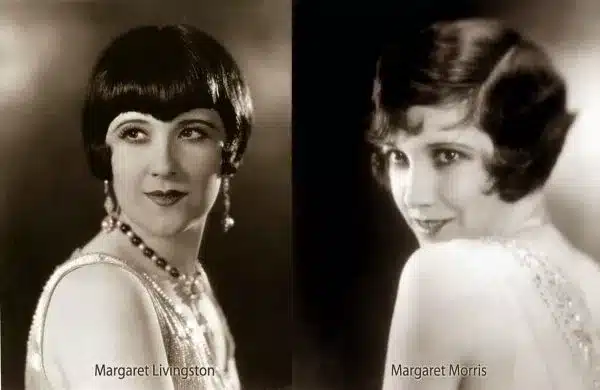
The emergence of flapper fashion coincided with significant social and cultural changes in Western societies during the 1920’s. The aftermath of World War I, along with advancements in technology and changes in social norms, contributed to a shift in attitudes towards gender roles and personal expression. Women were increasingly entering the workforce, participating in leisure activities, and challenging traditional expectations of femininity.
The term “flapper” originally referred to a young bird whose wings were still developing, suggesting a sense of immaturity or flightiness. However, during the 1920’s, it came to represent a spirited and unconventional young woman who embraced the newfound freedoms and opportunities of the era. This is the definition of a flapper
In essence, flapper fashion encapsulated the spirit of the Roaring Twenties, characterized by its embrace of modernity, hedonism, and social change. It remains an iconic and influential period in the history of fashion, symbolizing the emancipation of women and the rejection of Victorian-era constraints.
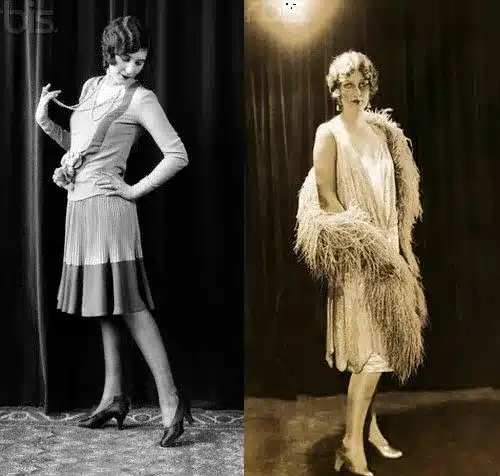
Main elements of flapper fashion: bobbed hair, shorter hemlines, etc.
Flappers were known as a reflection of the changing attitudes and lifestyles of women during the 1920’s to the 1930’s. Here are some of the main elements of flapper fashion:
Bobbed Hair: Flappers often sported short, bobbed hairstyles, which were a significant departure from the longer, more traditional hairstyles of the previous era. This symbolized independence, freedom and a break from conventional norms.
Shorter Hemlines: One of the most iconic features of the flapper were the shorter hemlines of dresses and skirts. Hemlines rose to just below the knee or even higher, reflecting a sense of liberation and a rejection of the conservative styles of the past.
Loose Silhouettes: Flapper dresses typically featured loose, straight silhouettes which allowed for freedom of movement. This shift from restrictive corsets and tight-fitting garments represented a desire for comfort and ease. Soft loose silhouette style dresses are available through Etsy.
Beaded and Fringed Dresses: Flapper dresses often incorporated intricate bead work and fringe detailing, which added movement and sparkle to the garments. These embellishments were characteristic of the glamorous and extravagant aesthetic associated with the flapper style. You can purchase 1920’s inspired dresses – embellished in long or short styles available here, look at these. Other online stores such as Etsy carry a few classic styles – buy them today. Another, is Zapaka, look through their selection, and cute plus size styles at Zapaka also.
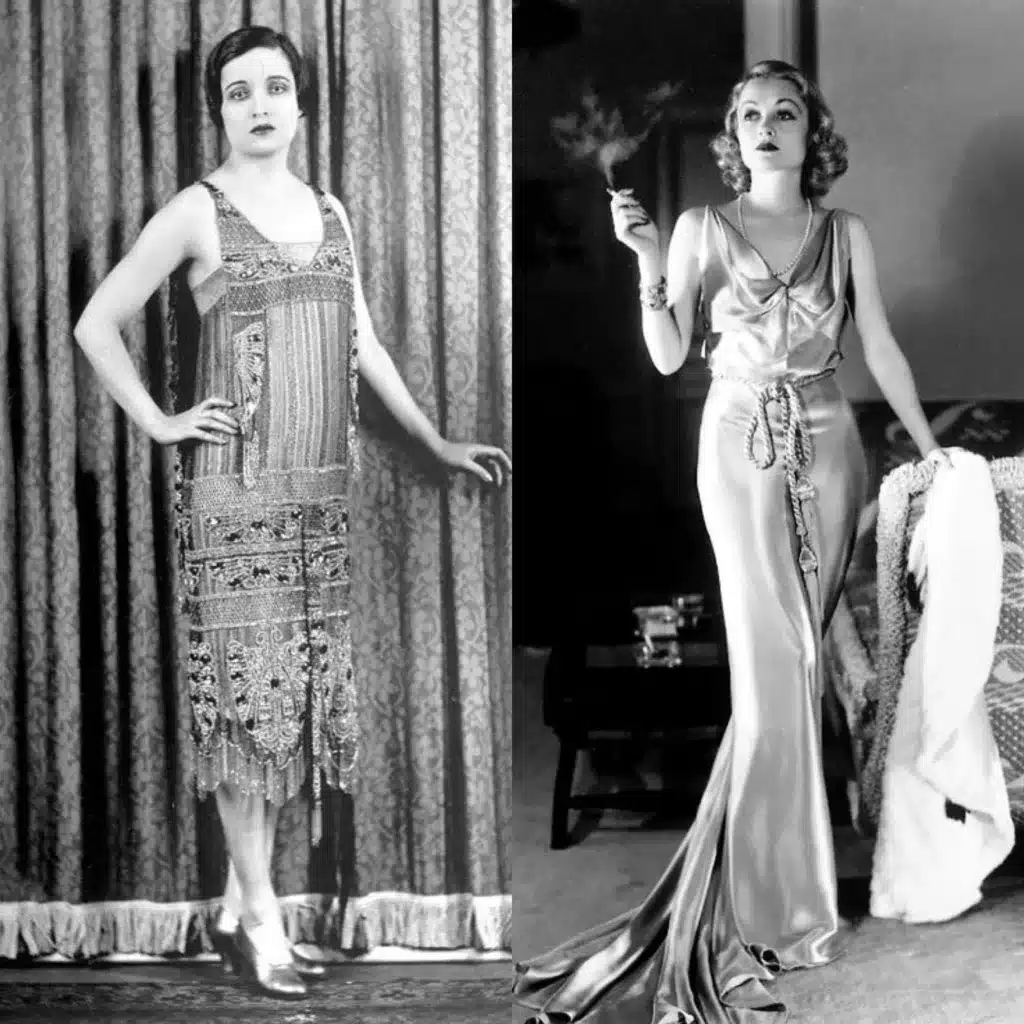
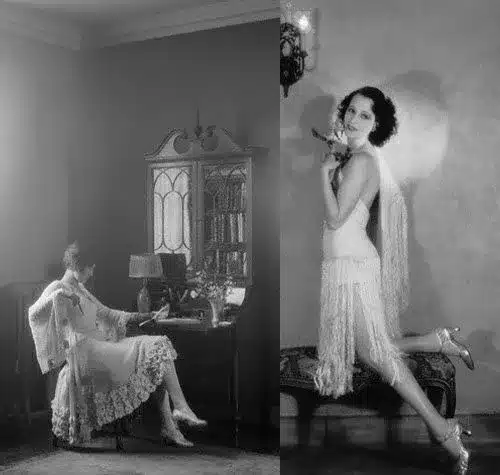
Drop Waist Dresses: These dresses frequently featured drop waists, where the waistline was positioned lower than the natural waist. This style elongated the torso and created a more boyish, youthful look that was popular during the 1920’s. Scroll through this online store to find similar dropped waist dresses you can purchase or create yourself. You might also find a few at this Amazon store – online today.
Cloche Hats: Cloche hats complemented the Flapper dresses at the time, which were close-fitting and bell-shaped that hugged the head. These hats became emblematic of the flapper era and added a stylish finishing touch to the overall look. Sifting through this page online, I found some nice cloche hats here. Classic cloche hats are located at Etsy – why not buy these.
Art Deco Influences: The Art Deco movement influenced flapper fashion, characterized by geometric patterns, bold colors, and streamlined designs. This influence was evident in the patterns and motifs used in flapper dresses as well as accessories. Pleated fabrics were also used during this time to create movement and texture to the skirt of the dress – here are some examples of beautiful pleated fabrics you can buy.
Accessories: Flappers accessorized their outfits with long strands of pearls, chokers, beaded necklaces, feather boas, and headbands adorned with jewels or feathers. These accessories added flair and personality to their ensembles, enhancing the overall glamorous aesthetic. Shoes played a big part in accessorizing your outfit – buy these styles here, that served many decades. Assorted accessories for your ensemble are located here at Etsy online. Other accessories are purchasable through Amazon right here, however, you may try some different looks at Zapaka also.
Overall, flapper fashion was defined by its modern, daring, and flamboyant style, which challenged traditional notions of femininity and reflected the spirit of the Roaring Twenties.
“As an affiliate - I may receive a commission when you click on a link and purchase through this site“
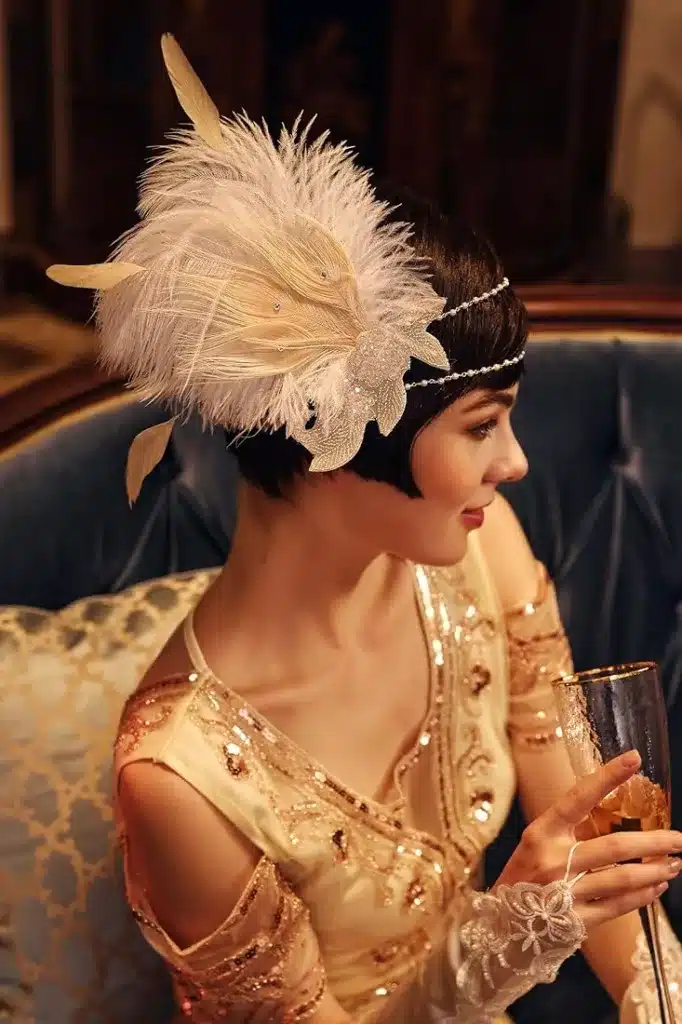
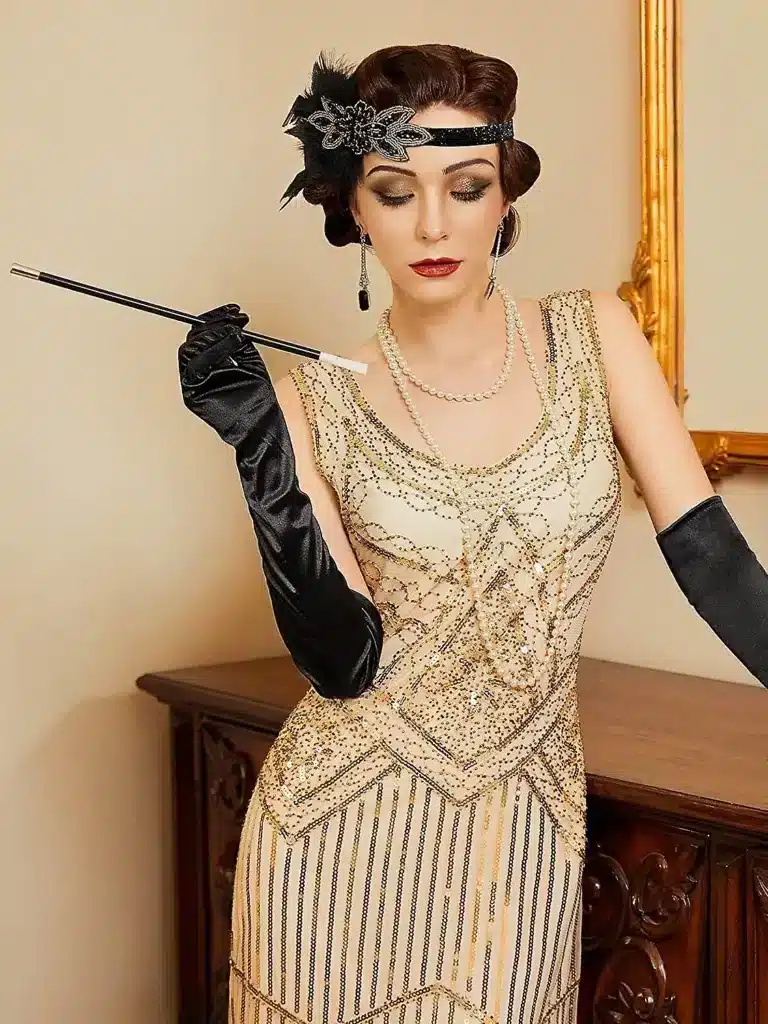
How flapper style challenged societal norms and empowered women
The flapper style of the 1920’s was a revolutionary departure from traditional Victorian and Edwardian fashion, and it played a significant role in challenging societal norms and empowering women in several ways:
Freedom of Expression: The fashion styles represented a rejection of the restrictive clothing worn by women in previous decades. The straight, shapeless silhouette of flapper dresses allowed for greater freedom of movement, symbolizing women’s desire for liberation from constricting corsets and heavy layers of undergarments.
Shorter Hemlines: One of the most controversial aspects of flapper fashion was the shortening of hemlines. Flapper dress hemlines stopped just below the knee, which was considered quite scandalous at the time. By embracing shorter skirts, flappers were challenging the notion that women should adhere to modesty and propriety in their attire.
Bobbed Hair: Flappers popularized the bobbed hairstyle, which involved cutting one’s hair short and often styling it in a sleek, boyish manner. This departure from long, elaborate hairstyles was a bold statement of independence and modernity. It also challenged traditional gender roles by rejecting the notion that femininity was synonymous with long, flowing locks.
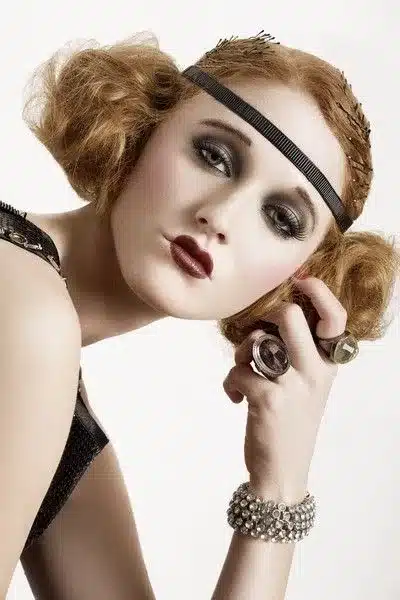
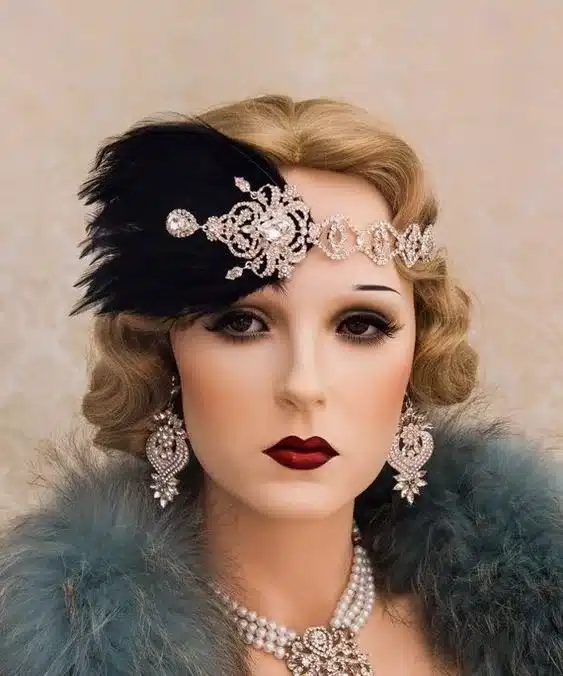
Makeup and Jewelry: Flapper fashion embraced makeup and jewelry in ways that were previously considered unconventional. Dark eye makeup, bold lipstick, and statement jewelry became synonymous with the flapper aesthetic, signaling a departure from the natural, understated beauty standards of earlier eras. This embrace of cosmetics as a form of self-expression empowered women to assert control over their appearance. Some jewellery pieces can add a touch of glamour at Zapaka which can be bought here, but more classic styles including genuine pieces available today at Etsy.
Socializing and Leisure: The flapper lifestyle was characterized by a focus on leisure and socializing. Flappers were often depicted as enjoying activities such as dancing, drinking, and smoking in public spaces like speakeasies and jazz clubs. This social freedom challenged traditional expectations of female behavior and encouraged women to assert their right to participate in public life on their own terms.
Economic Independence: The 1920’s saw increasing numbers of women entering the workforce and gaining economic independence. Flapper fashion, with its emphasis on practicality and mobility, reflected this shift. By dressing in attire that allowed them to move freely and engage in a variety of activities, flappers symbolized the growing autonomy of women in both the economic and social spheres. Women at that time – meant business.
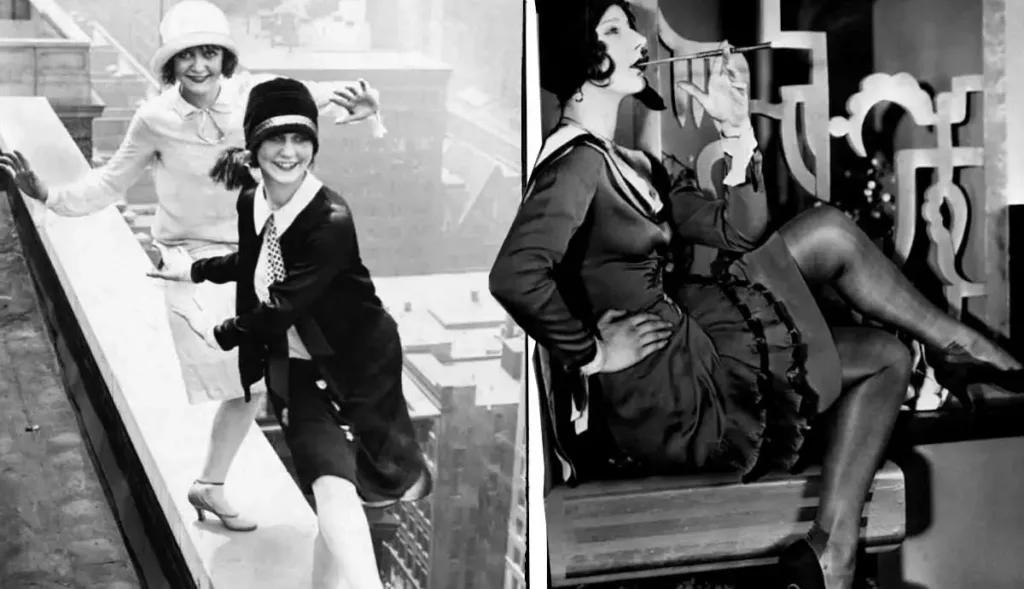
Generally, the flapper style of the 1920’s represented a radical departure from the past and served as a powerful symbol of women’s changing roles and aspirations. By challenging societal norms through their fashion choices and lifestyle, flappers helped pave the way for greater gender equality and individual freedom in the decades that followed.
The modern resurgence of flapper aesthetics in fashion and media
The resurgence of flapper aesthetics in fashion and media is a fascinating cultural phenomenon that reflects our ongoing fascination with the past and the cyclical nature of fashion trends. The flapper style originated in the 1920’s, characterized by its rebellion against traditional societal norms, particularly in terms of women’s fashion and behavior. Flappers were known for their short haircuts, straight, loose-fitting dresses, bold makeup, and a carefree attitude.
In recent years, there has been a noticeable resurgence of interest in flapper aesthetics in both fashion and the media. This resurgence can be attributed to several factors:
Nostalgia: Many people are drawn to the glamour and excitement of the Roaring Twenties, a period of significant social change and artistic innovation. The flapper style represents a unique and vibrant era in history, which continues to captivate modern crowds.
Retro Revival: Fashion trends are often cyclical, with styles from the past being reinterpreted and updated for contemporary audiences. Designers frequently look to past decades for inspiration, and the 1920’s have been a particularly popular source of inspiration in recent years.
Empowerment: The flapper aesthetic is often associated with female empowerment and independence. Flappers challenged traditional gender roles and societal expectations, embracing a more liberated lifestyle. In today’s society, there is a renewed focus on gender equality and women’s empowerment, which makes the flapper style resonate with so many.
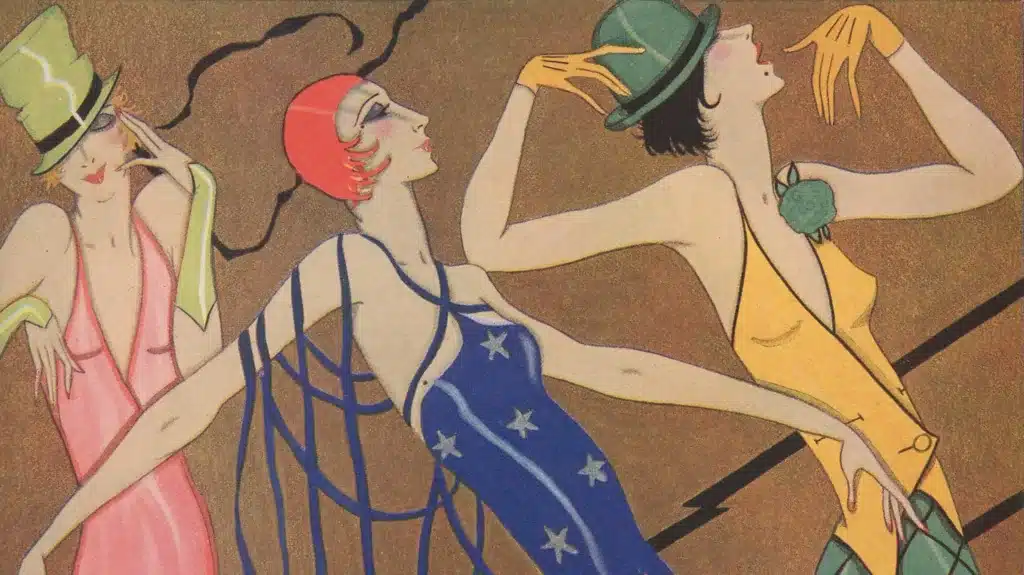
Media Influence: Films, television shows, and other forms of media play a significant role in shaping cultural trends. Period dramas set in the 1920’s, such as “The Great Gatsby” and “Boardwalk Empire,” have helped to popularize the flapper aesthetic and introduce it to new audiences.
Social Media: Platforms like Instagram and Pinterest have provided a scope for people to share and discover vintage-inspired fashion. Influencers and bloggers often incorporate elements of the flapper style into their outfits, further fueling its resurgence.
Overall, the modern resurgence of flapper aesthetics in fashion and media reflects our ongoing fascination with the past and our desire to reinterpret historical styles for contemporary audiences. Whether it’s through fashion, film, or social media, the spirit of the flapper continues to inspire and captivate people around the world.
Exploring personal narratives: why are today’s women inspired by flappers?
The allure of flappers, particularly for women today, lies in the multifaceted symbolism they represent. Flappers emerged in the 1920’s as a response to the societal changes brought about by World War I, and the subsequent era of prosperity and liberation. These women were characterized by their unconventional behavior which was – wearing shorter skirts, bobbed haircuts, smoking cigarettes, drinking alcohol, and challenging traditional gender roles.
One reason women today are inspired by flappers is their defiance of societal norms and expectations. Flappers rejected the notion of women as delicate, demure creatures confined to domestic roles – they instead embraced independence, freedom, and self-expression. In a similar manner, contemporary women often find inspiration in breaking free from societal constraints and pursuing their own ambitions, whether in their careers, relationships, or personal lives.
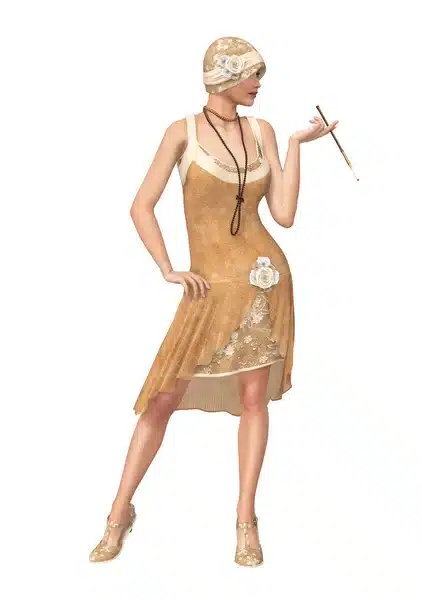
Moreover, flappers embodied a sense of empowerment and agency. They were unapologetically themselves, unafraid to assert their desires and pursue pleasure. This spirit of liberation resonates with modern women who seek to assert control over their lives and reject limiting beliefs about what it means to be a woman.
In addition, the fashion and flapper styles continue to captivate women today. Their iconic look, characterized by dropped waistlines, beaded dresses, and feathered headbands, represents a departure from the restrictive fashions of previous eras. It celebrates individuality and creativity, encouraging women to embrace their own unique sense of style and identity.
Furthermore, the cultural impact of flappers extends beyond fashion and behavior to encompass broader themes of social change and progress. The 1920’s witnessed significant advancements in women’s rights, including the passage of the 19th Amendment, which granted women the right to vote in the United States. Flappers played a role in challenging gender norms and paving the way for greater gender equality.
In essence, the appeal of flappers to women today lies in their embodiment of rebellion, independence, empowerment, and style. By embracing the spirit of the flapper, modern women are inspired to assert themselves, pursue their passions, and challenge societal expectations in their own lives.
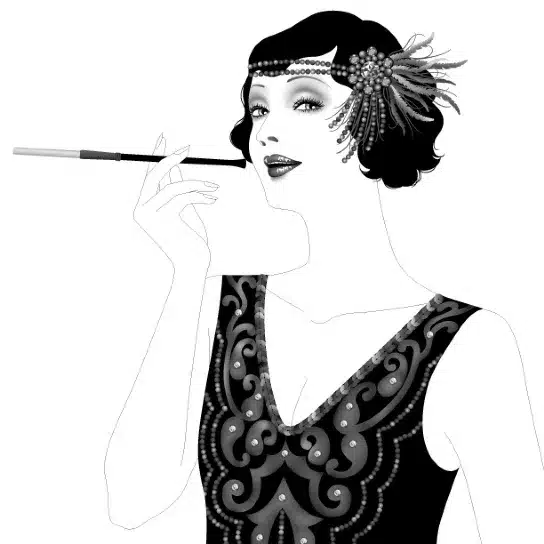
Thank you for taking the time to read my post on flapper styles in fashion and history. It certainly has been a pleasure to bring you this significant event in time, and the glory that came with it. If you wish to do so, please leave a comment below.
Thank you,
Helen
Connect with us via our social pages or in the links below:
https://www.pinterest.com.au/vintageclothesandaccessories/
